Best Film for the Canon EOS 650
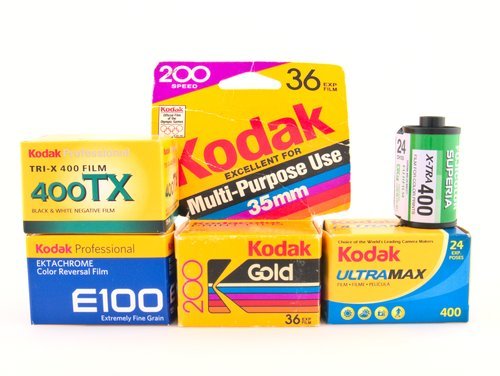
The best film to use in your Canon EOS 650 will be based on the lighting, lens, and if you want to use color or black & white.
To prevent having to carry around a flash or tripod, go with a film that has an ISO of 400 or faster.
Make sure you have a fast lens if you want to shoot images in low light, conditions that are commonly found indoors. For lens lens ideas have a look at my list on the 5 Best Lenses for the Canon EOS 650.
Color Film
Affiliate Advertising Disclosure
Outside the Shot is a participant in the Amazon Services LLC Associates Program, an affiliate advertising program designed to provide a means for sites to earn advertising fees by advertising and linking to Amazon.com.
As an eBay Partner, I may be compensated if you make a purchase. I also participate in affiliate advertising programs with KEH and Adorama. More can be found on the Affiliate Discolsure page.
Consumer
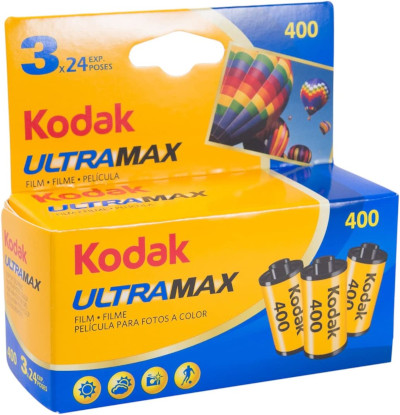
Kodak UltraMax 400 - This film works well in a variety of lighting conditions and is a terrific option for a color 35mm film. The film is fast enough so that you should be able to handhold the EOS 650 in lots of scenarios.
Expect images to look a little warm with pleasant colors.
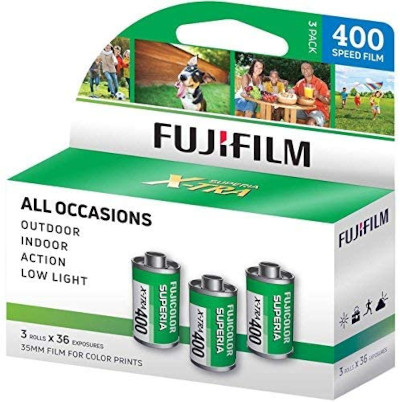
Fujifilm Superia X-TRA ISO 400 - Depending on your location, this film can have greater availability. It is an excellent alternative to Kodak film.
Fuji images tend to have cooler colors with stronger blues and greens, when compared to Kodak.
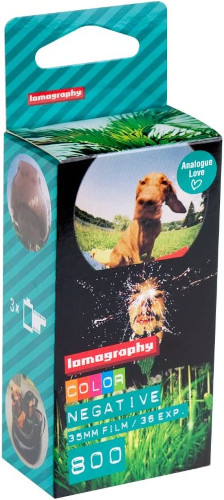
Lomography 800 - You’re limited to only a small number of possibilities if you want an ISO 800 speed color film. This happens to be the only film targeted towards consumers.
It is offered in the 120 film format, for use with medium format cameras.
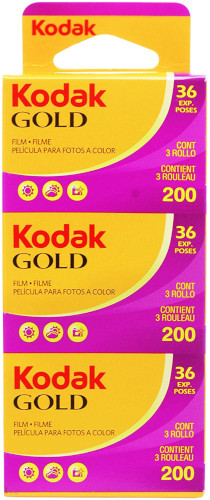
Kodak Gold 200 - A staple film stock that was launched in the mid-1980s. It gives the look and feel of family snapshots from the 80s and 90s. Use a flash to get the “authentic” look.
To bring the best look out of the film, make sure to over-expose it by 1 or 2-stops. This will provide the stunning colors everyone loves the film for.
Professional
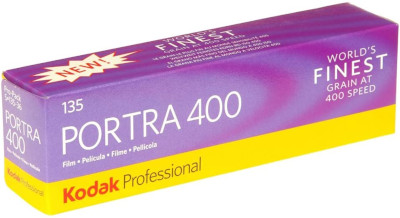
Kodak Portra 400 - By far the most popular color negative film among photography enthusiasts online. Overexpose Portra 400 by 1 or 2-stops to get the color the film is known for.
Portra is also sold in ISO 160 and ISO 800 versions. As well as in rolls of 120 film, 4x5 sheets, and 8x10 sheets.
Black and White Film
Consumer
With low prices and excellent favorable to be used in the Canon EOS 650.
The biggest draw for photography students and budget minded photographers is the competitive price. Even if you would not put yourself in that group, it’s good to have relatively cheap rolls of film around for trying out newly purchased used gear.
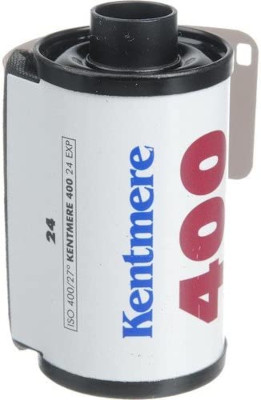
Kentmere 400 - Manufactured by Harmon Technology, which is also the owner of Ilford. This is good due to the fact that allows this to be the most broadly sold film out of the three.
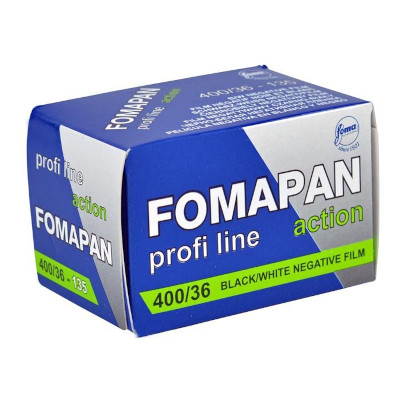
Foma Fomapan 400 Action - It is less difficult to find in Europe as the film is manufactured by Foma Bohemia out of the Czech Republic.
A fine 35mm film to try for your initial couple of attempts at analog photography or home developing. Also a good choice if you happen to be trying out a camera to be sure that it’s completely functional.
Professional
The 2 top selling black & white films are Kodak Tri-X 400 and Ilford HP-5+ 400. While they both have different rendering, they possess a lot of attributes that are comparable that help makes them so popular.
Both emulsions can be pushed 2 stops and still produce very good photographs. A roll of film can be used at ISO 400, 800, or 1600, making them very flexible.
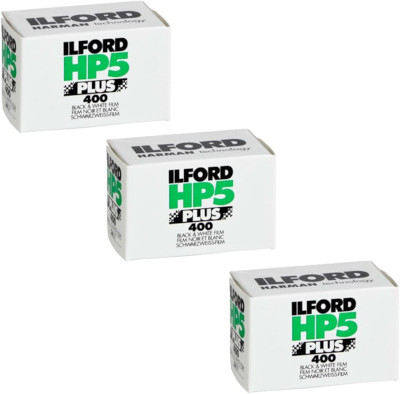
Ilford HP5 Plus 400 - The fundamental differences are that HP5 Plus is less expensive and has lower levels of contrast in comparison to Tri-X. Minimal amounts of contrast can be good because contrast can be increased when making a darkroom print or through digital processing.
The film stock still appears outstanding when pushed 2-stops. It is also known for having subtle grain.
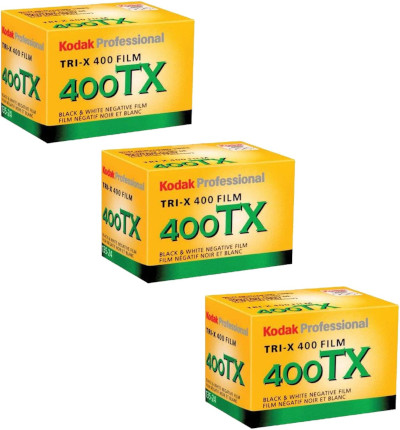
Kodak Tri-X 400 - This film stock has a stronger style to it. To bring out the old-school grain structure, contrast, and look of the film, it needs to be processed in D-76.
You’re going to clearly see greater contrast with Tri-X 400. That is ideal if it’s the look you would prefer because it requires considerably less work when printmaking or through digital post processing.
Transparency Film
Reversal film, also known as slide or transparency film, creates a positive picture. This means the photos can be displayed with a light box or projector.
The colors don’t need to be inverted to be viewed, contrary to the more widespread negative films.
Slide films are viewed as tricky to use due to the fact slide film has a lot less dynamic range and latitude when compared to negative film.
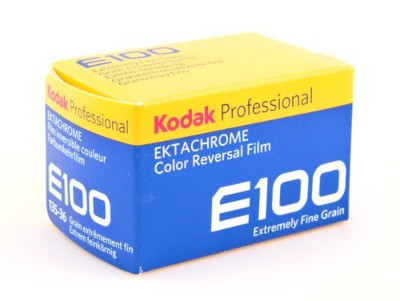
Kodak Ektachrome 100 - This is a fine grain film known for beautiful skin tones. There’s not any hypersaturation of colors. Ektachrome is daylight balanced.
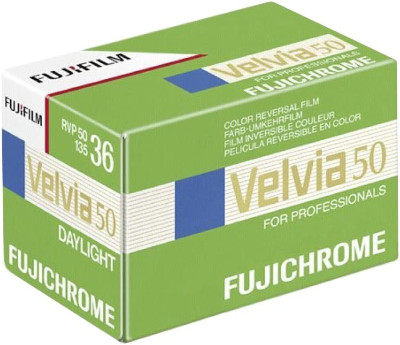
Fujifilm Velvia 50 - This is a very sharp daylight balanced reversal film with high levels of contrast and saturation, giving photographs a special appearance. Velvia has the best resolving power of any available slide film emulsion.
An ISO 100 version is also available for purchase.
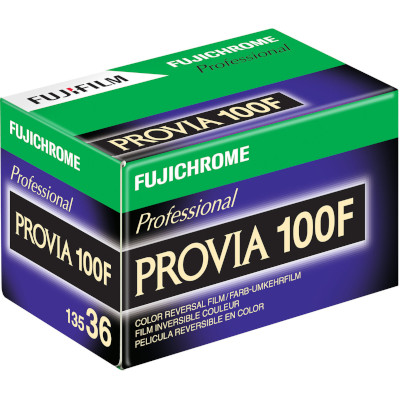
Fujichrome Provia 100F - Offers realistic and vivid colors with medium contrast and color saturation. It has a daylight color balance and ultrafine grain.
Film Basics
Consumer vs Professional Film
Pro films cost more because they have greater latitude, are easier to push, and bigger dynamic range.
You should be prepared for a difference in business that sell 35mm rolls of film. Consumer film emulsions can quite often still be seen in big-box stores and pharmacies in anemic quantities. Pro film stocks needs to be purchased from a online or specialized camera store.
ISO
A film’s sensitivity to light is displayed by the ISO.
The less light there’s available to get an image, the bigger the ISO of the film will need to be. Furthermore, expect to see more film grain.
It is often a challenge to handhold the EOS 650 with ISO 100 or slower films (ISO 25, ISO 50, etc). The can take more time will most likely be longer than what you can handhold without producing motion blur unless you are in full sun.
A tripod, flash, and/or fast lens can help you with longer exposure times. Using a high speed ISO 400 or ISO 800 film probably will make the extra equipment not needed.
As a quick note, the dial to select film speed is labeled as ASA on the Canon EOS 650. The switch to using ISO from ASA (American Standards Association) happened after the creation of the International Standards Organization (ISO).
Latitude
Latitude is the amount of stops film can be overexposed while having adequate images. Pro film emulsions have a greater latitude to go along with a slightly higher cost.
Transparency film has a smaller amount of latitude in comparison with negative film. That is one of the reasons why it’s perceived as difficult to use.
Dynamic Range
The difference between the shadows and highlights details of an image is known as dynamic range. Areas of a photograph that don’t fit in this range will appear as completely black underexposed shadows or white overexposed highlights.
A bigger dynamic range is preferable given that a bigger range tends to make shooting in a wide variety of lighting situations easier.
- Digital cameras 14+ stops
- Negative film up to 13 stops
- Slide film 6-8 stops
The small dynamic range of transparency film is one more reason it’s regarded as challenging to shoot. A great time to try it out would be during the golden hour.
Film Type
The Canon EOS 650 uses 35mm film that is in canisters. The film can also be described as 135 film, and it is the most frequently used type of film.
The only other film format you are going to encounter is 120 or 220 film that is used with medium format cameras}.
Switching the film you are using will change the look of your photographs. This is one of the wonderful things about film.
DX Coded Film
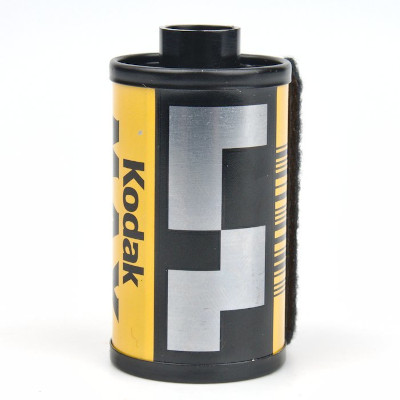
Just about all available 35mm film manufactured at this time has DX encoding. This makes it possible for electronically controlled cameras to auto detect and set the ISO when the film canister is loaded into the camera.
The ASA (ISO) on the Canon EOS 650 must be dialed in manually. As a result DX-coding is not going to do anything.
Canon EOS 650 Resources
Where to Get 35mm Film Developed?
You will find several possibilities for where to develop film. For a more thorough explanation of the possible choices take a look at my article on Where to Get Film Developed.
WARNING: Film is not processed locally at big box stores and pharmacies. They send the film away to be processed by a third party. Consequently, you won’t get your processed negatives back.
- Develop Film at Home
- Use a Local Photography Lab
- Use a Mail Order Photo Lab
- Pharmacy or Big Box Store
The easiest choice and the method I suggest using if you are just beginning to shoot film is to mail your film to a photo lab to be developed and scanned. A disadvantage to this is that it gets very expensive if you are consistently using film.
As long as you’re shooting a medium to high volume of film, there are a few actions that can be done to lower your expenses.
Bulk Loading Film
Among the best ways to lower your costs on film is to buy a bulk roll of 100’ of film and load canisters yourself.
A 100’ roll of film should fill up typically around 18 rolls of film containing 36 exposures. Depending on the film you are likely to save 20%-30%.
Another thing to keep in mind is that you are only going to find rolls of black and white film. This is in part because black and white film is easier and cheaper to process yourself.
Home Developing and Scanning
Any film can be developed by hand. In fact it’s a good way to lower your costs so that you can use more film with your Canon EOS 650.
Black & white film is much easier to develop at home. Temperature and development times are not as crucial to do correctly with black and white film as temperatures and time are for color negative or transparency film.